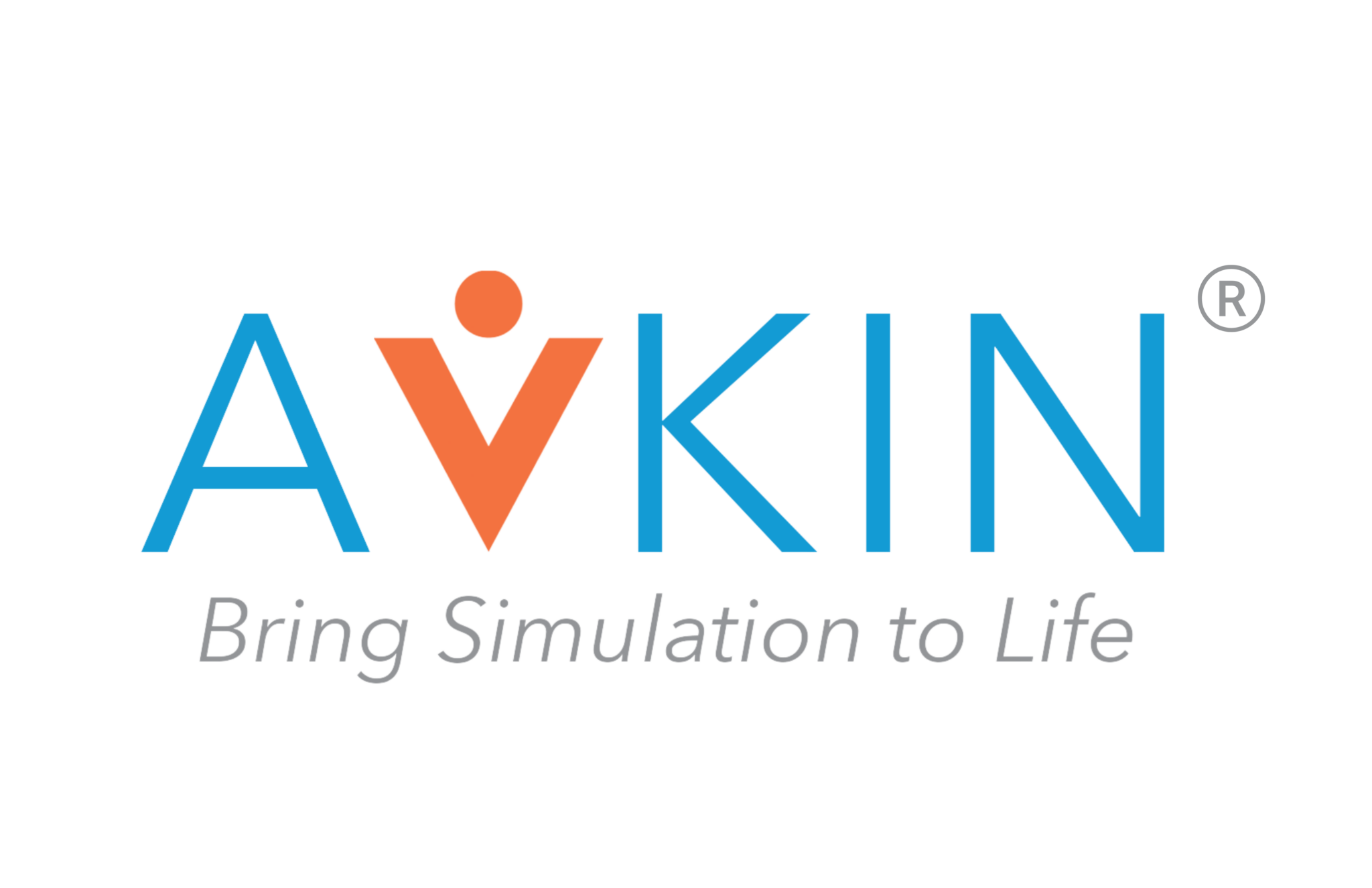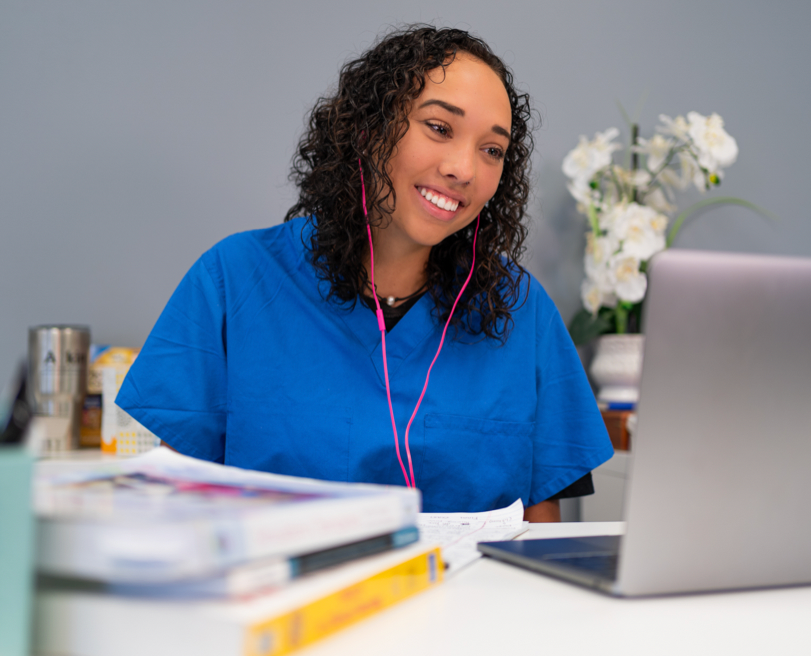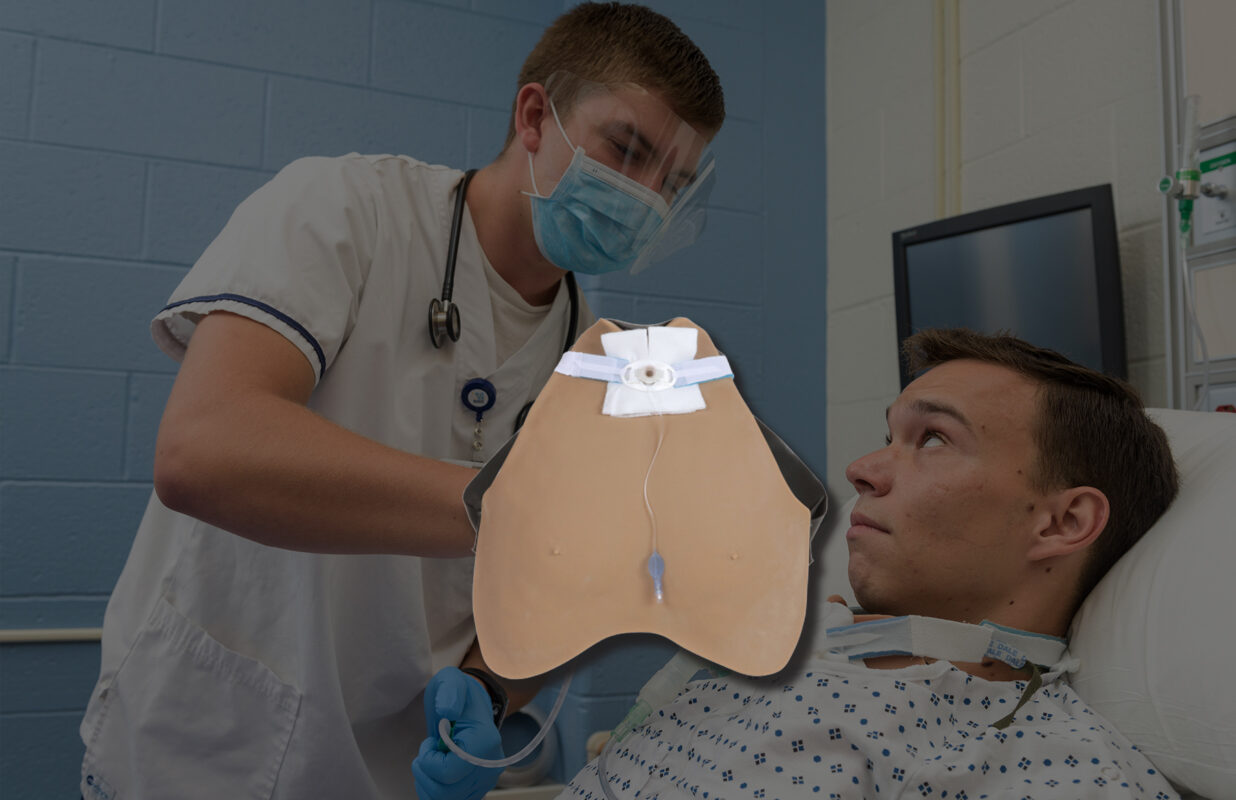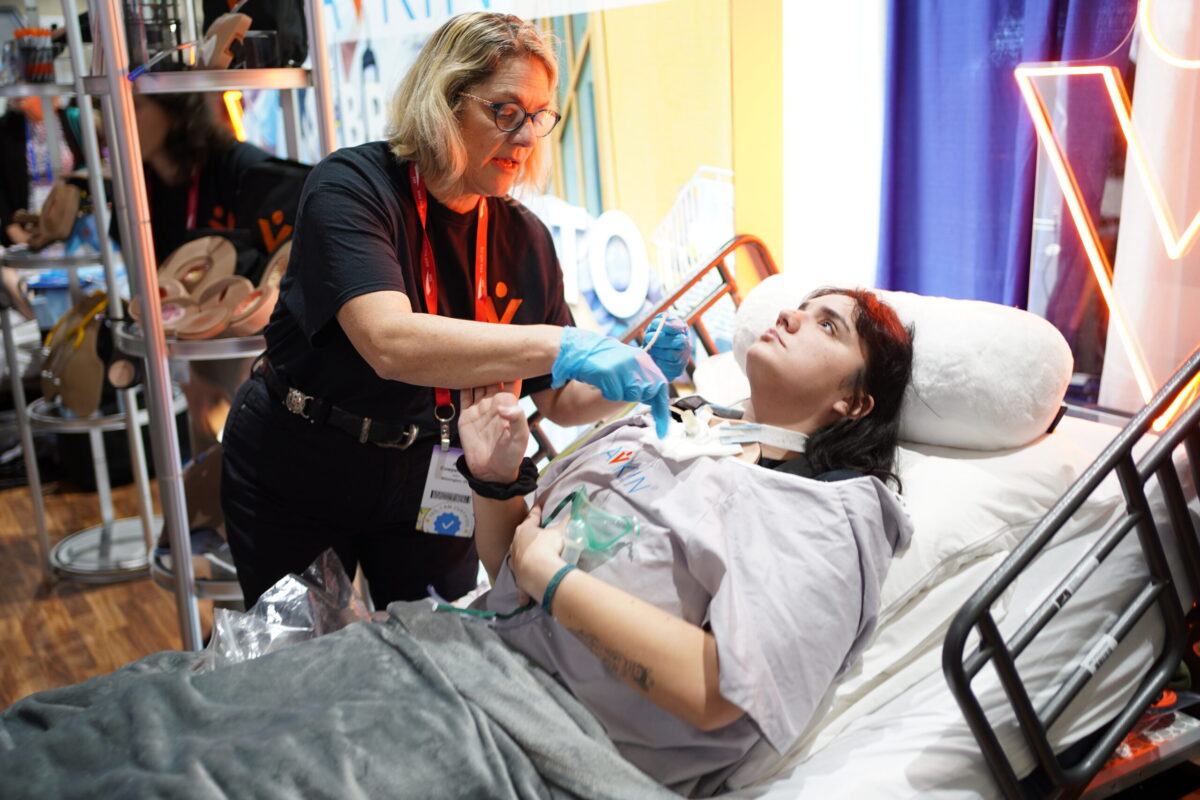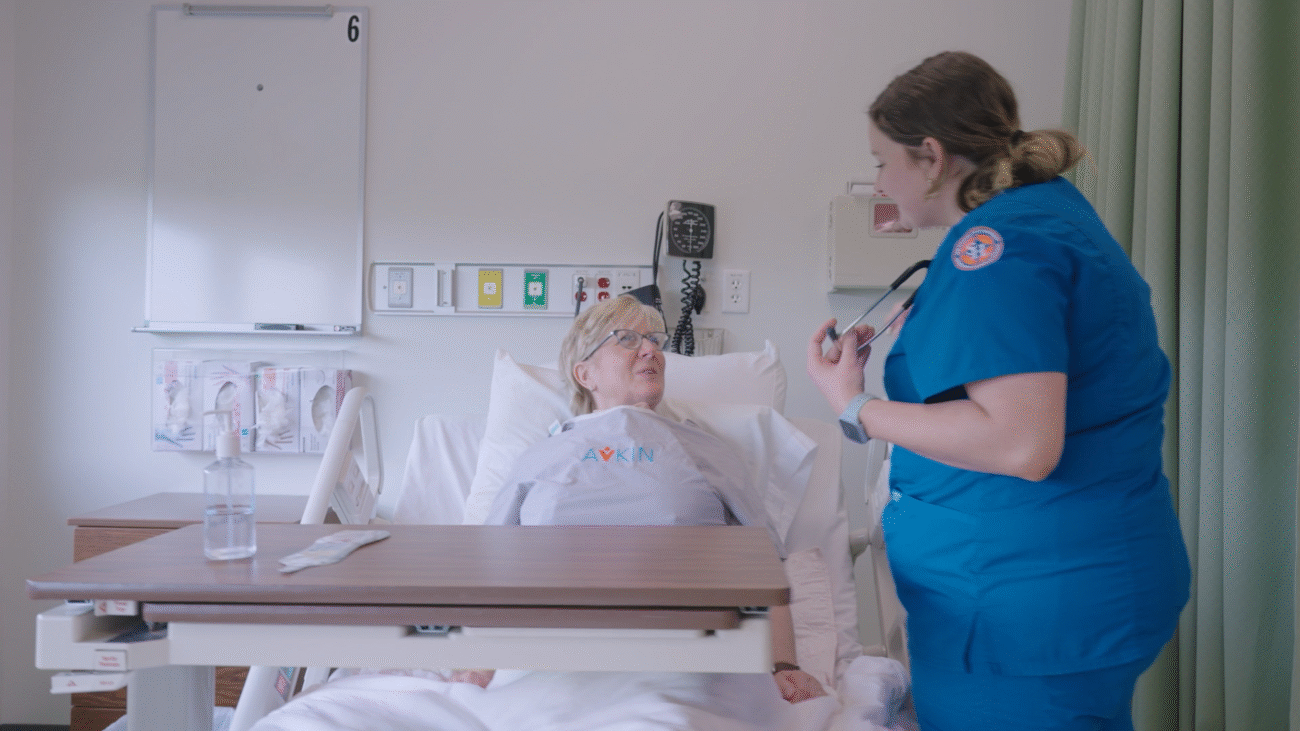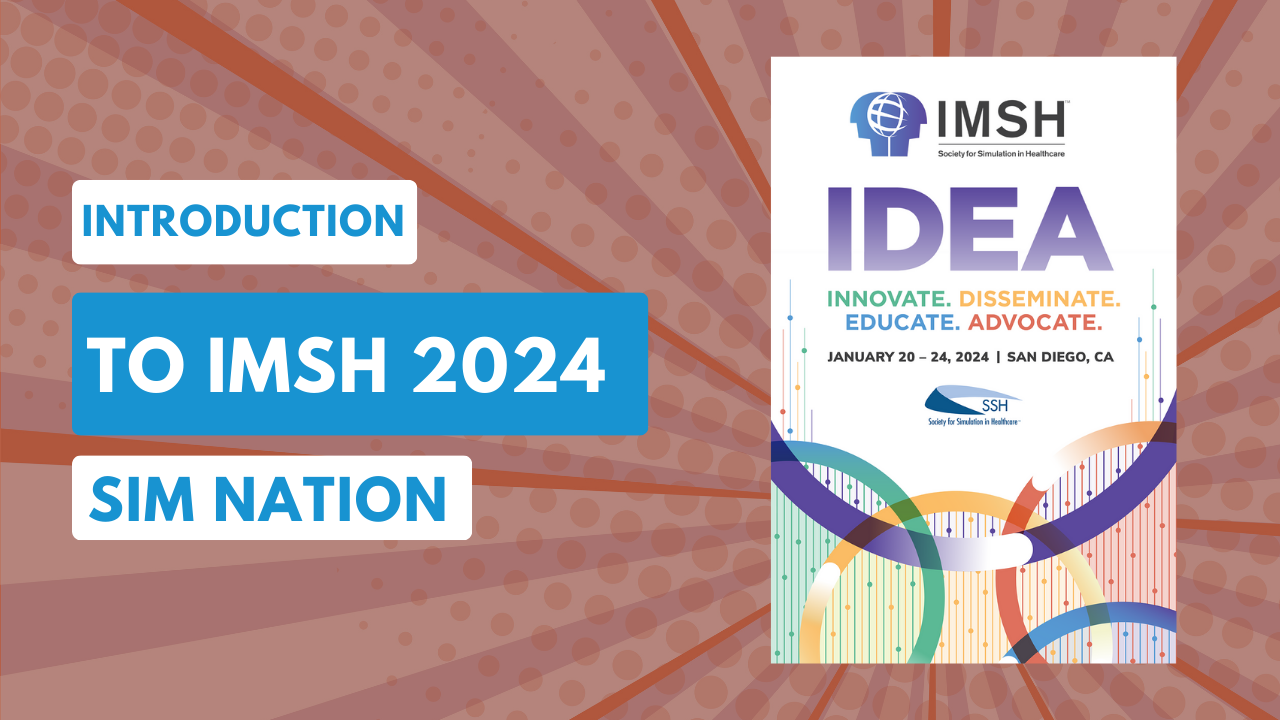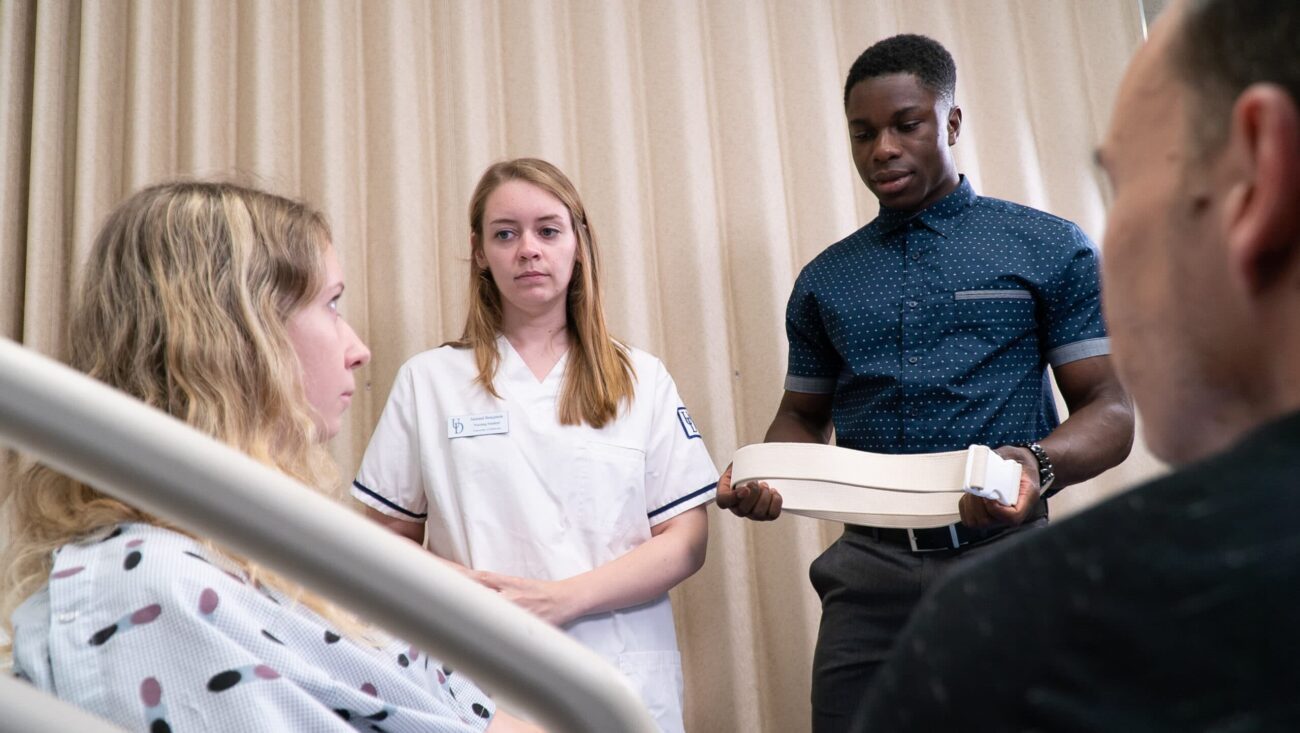Simulationist’s Guide to Standardized Patients on a Budget

Running a high-quality simulation program doesn’t have to break the bank.
In this episode of Simulation Nation, Avkin CEO Amy Cowperthwait and co-host Megan Weldon explore creative, affordable strategies for bringing live people into healthcare simulations. From using volunteers and work-study programs to building sustainable university partnerships, the conversation is full of practical advice for simulationists looking to grow their programs with limited resources.
Getting Started When Funding Is Tight
For many simulation educators, the biggest hurdle is not passion or vision, but budget. Amy and Megan shared how their early work in simulation was fueled by creativity and collaboration rather than funding.
“People often say, ‘I’d love to start an SP program, but I can’t afford it,’” Amy explained. “They wait for the perfect time or the perfect budget, and it never comes. But the people who push through and start small, even with volunteers, are the ones who end up opening new doors.”
They emphasized that starting small can be the key to long-term success. Recruiting friends, family, or even retired nurses to portray patients can provide early wins and valuable learner feedback. As Amy noted, “You might begin with one or two simulations using people you already know. It gives you data, experience, and justification for growing your program later.”
Balancing Time, Quality, and Budget
The pair discussed the reality that simulationists must constantly juggle three factors: time, quality, and budget. “If you want a good quality outcome,” Amy explained, “you’re going to have to manage your budget carefully or put in extra time.”
Megan added that some educators stop too soon after an initial failed attempt. “The first few times might not go perfectly; that does not mean it’s not sustainable. You’ll learn, you’ll improve, and it gets easier.”
Leveraging Creative Resources
Beyond personal networks, Amy shared practical ways to make standardized patient (SP) programs financially sustainable. One key strategy is using federal work-study students. Under this program, the government covers 75% of a student’s wage, making it a low-cost way to bring motivated learners into simulation.
“They can interview, audition, and fill recurring simulation roles. It’s great experience for them, and it keeps your program running,” Amy said.
Megan added that university courses and internships can also be a powerful tool. At the University of Delaware, they co-taught a three-credit course that trained students to become SPs, blending theater and pre-med backgrounds. “It became so popular that students told their friends, and it spread through word of mouth,” Megan shared. “They got creative arts credit while practicing skills that connected directly to healthcare.”
Building a Sustainable Pipeline
Once the course was established, the Cowperthwaits introduced an advanced SP track. Experienced students could return to help train new cohorts, ensuring continuity and maintaining quality.
“Those students became our quality control,” Amy said. “They loved the work and naturally stepped into coaching and mentorship roles.”
This structure created a self-sustaining system where new SPs learned from experienced ones, and returning participants took ownership of the program’s success. Over time, they even brought in community members and retirees, expanding the age range and adding valuable realism to patient portrayals.
The Power of Community and Creativity
Diving deeper, Amy and Megan underscored that simulation is not just about logistics; it is about people. They both stressed the importance of building relationships with every participant, from students to volunteers. “Know your people,” Megan said. “Understand their goals, whether they’re pre-med, acting, or just want to give back. When you invest in them, they invest in the program.”
Creating a sense of community also leads to sustainability. “It becomes more than a program; it’s a movement,” Amy added. “When you make participants feel valued and part of something bigger, they want to come back. That’s how you keep it growing without relying solely on money.”
Starting Small, Thinking Big
The key takeaway is simple: do not wait for perfect conditions to start. Whether it’s launching a single SP scenario with a volunteer or creating a small pilot course, every step forward matters.
“You don’t need a massive budget to make an impact,” Amy reminded listeners. “You just need creativity, commitment, and the right people by your side.”
Ready to take your simulation program to the next level? Visit avkin.com to explore cutting-edge simulation technology, educator resources, and professional development opportunities and book a meeting if you have any questions about how Avkin can improve your simulation center.
Be sure to tune in to the Simulation Nation Podcast for inspiring conversations with leaders who are shaping the future of healthcare education.
